Checker Cab left an enduring legacy in automotive history but what made the company such a unique enigma in the world of public transportation?
It’s been a little more than a century since an iconic slice of 20th century America first rolled off the assembly line in Kalamazoo, Michigan: the Checker Taxi Cab. Once a common site on American streets, the vehicle faded from view once the company declared bankruptcy, as the cabs were used and used up.
Checker’s story starts with company founder Morris Markin, born in Russia who immigrated to Chicago in 1912 at the age of 19. Working in the rag trade, he eventually managed to buy a clothing shop just as the first World War started, with his company landing a lucrative government contract to produce U.S. Army uniforms.
Markin enters the taxi business
As Markin’s business flourished, two taxi cab companies had come to dominate the Chicago market: Yellow Cab and Checker Cab. But Yellow Cab produced its own cabs. Checker did not, relying on Commonwealth Motors for the chassis and Lomberg Auto Body Manufacturing for the finished cabs. Markin had lent company owner Abe Lomberg $15,000. When Lomberg couldn’t keep up with payments, Markin took control of the company, renaming it Markin Auto Body Company, which was still using Commonwealth Motors’ chassis to produce taxi cabs. When Commonwealth filed for bankruptcy in 1921, Markin bought it, merging it with Markin Auto Body in October 1922, forming the Checker Cab Manufacturing Co.
Initial production saw the new company building three cabs per day. But sales started rising, and the company was manufacturing cabs seven days a week to keep up with demand. By year’s end, the new manufacturer had 600 cabs operating in Manhattan and sales kept rising. Unable to meet demand with his Joliet, Illinois factory, Markin moves his company to Kalamazoo, Michigan, where he takes over factories recently abandoned by Dort Motor Car Company and Handley-Knight Motors.
Success and growth

Checker’s longest-lived model: the Marathon, shown here in 1962 livery. Photo courtesy of RM Sotheby’s.
New Model H taxi cabs started rolling off the new assembly line this week in 1923. By December, an improved Model H2 was unveiled, followed by the Model E in 1924, the Model F in 1926, and the Model G in 1927. But all were based on the first car Markin produced. It wouldn’t be until 1928 that a truly redesigned Model H would debut.
Then, in 1929, Markin bought a controlling interest in Parmalee Transportation Company, which owns Yellow Cab, becoming the largest taxicab company in the U.S. John Hertz had started Yellow Cab in 1915, building it into the largest taxi cab company in America by the 1920s, competing with Markin’s Checker Cab. Hertz sold the Yellow Cab Manufacturing Company to General Motors in 1925, joining the board at that time. GM merges Yellow Cab with its truck manufacturing operation, which was renamed Truck & Coach Corp. But Hertz retains control of the Chicago Yellow Cab Company and Yellow Taxi Corporation of New York. Still, by 1929, Hertz had enough of the rough and tumble taxi business, selling it to Parmalee, which in turn saw a majority of its shares bought by Markin.

Non-taxi models were offered as well, such as this 1981 Checker A11 Sedan. Photo courtesy of RM Sotheby’s.
The stock market crash of 1929 and the onset of the Great Depression had little impact on Checker until 1932, when sales began to slide and the company is forced to shut down for a few months. When the company reopens, the board fires Markin. In retaliation, Markin exercises an option to buy 60 percent of the company’s stock, with help from his friend, E.L. Cord. In charge once more, Markin reorganizes his company, taking the title of President while Cord is named board president. In 1936, Markin buys back Cord’s interests in Checker as Cord’s own company starts to falter.
More Past Lane Stories
- The Past Lane: I Can See Clearly Now
- The Past Lane: America’s First Superhighway
- The Past Lane: The Pioneering Four-Wheel-Drive AMC Eagle
The rest of the story
Markin remains in charge of the company, which is renamed Checker Motors Corp. in 1958. Its last new car design, the Marathon is introduced in 1964. Six years later Morris Markin passed away. His son David assumed leadership of the company, with the new administration ending Checker Marathon production in 1982.
Checker continues to manufacture components for other automakers, as well as operate its taxicab companies. In 1989, International Controls buys the remnants of Checker Motors, and a 20th Century success story comes to a close.

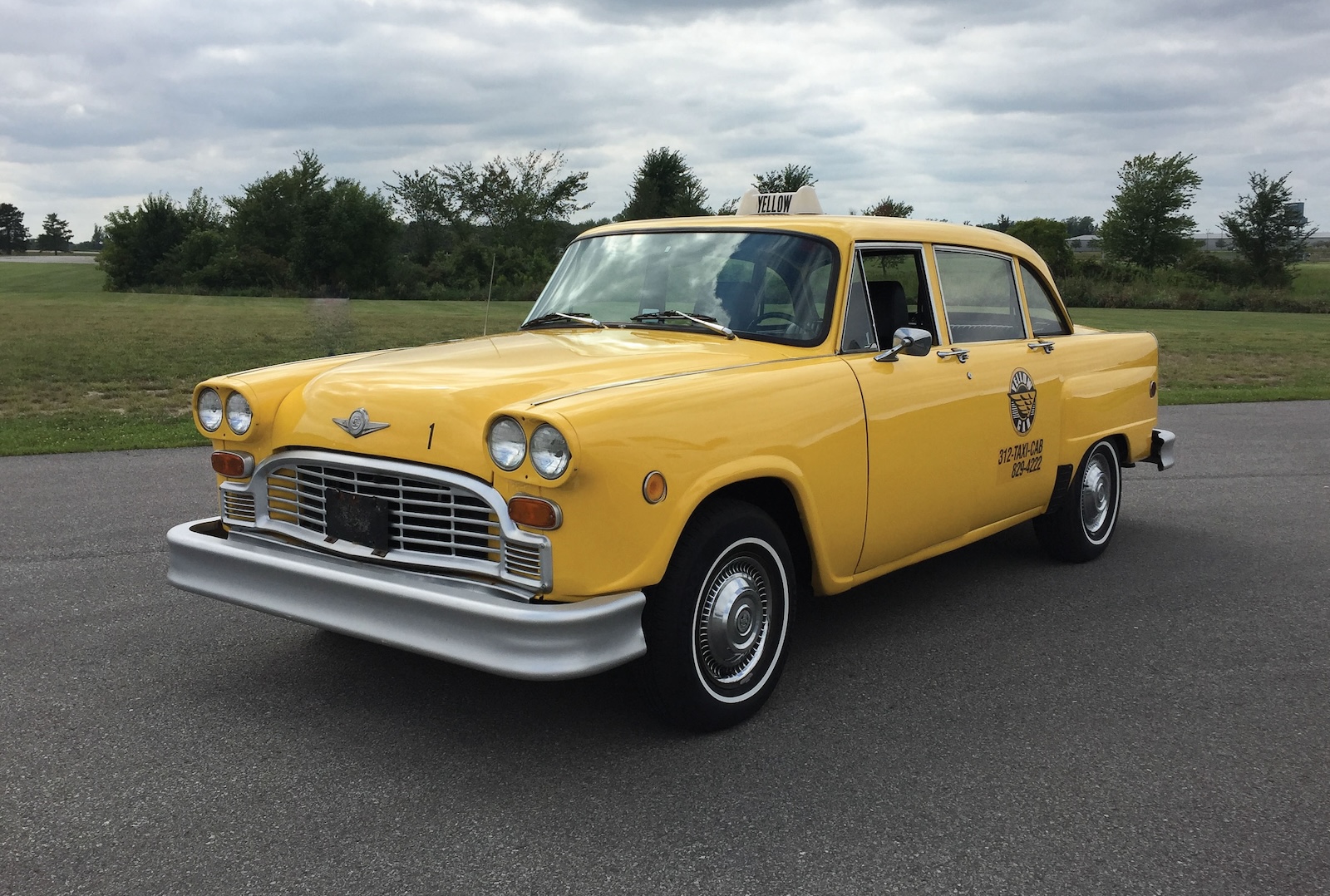
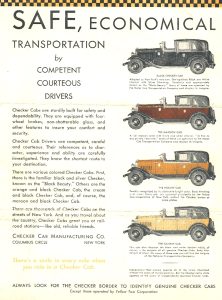
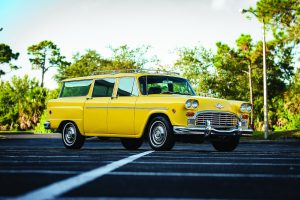
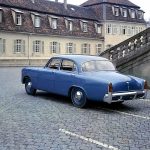
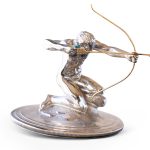

0 Comments